The frequency range of a vor receiver is ? [ Question security ]
Question 180-1 : 108 to 117 95 mhz 108 to 111 95 mhz 118 to 135 95 mhz 108 to 135 95 mhz
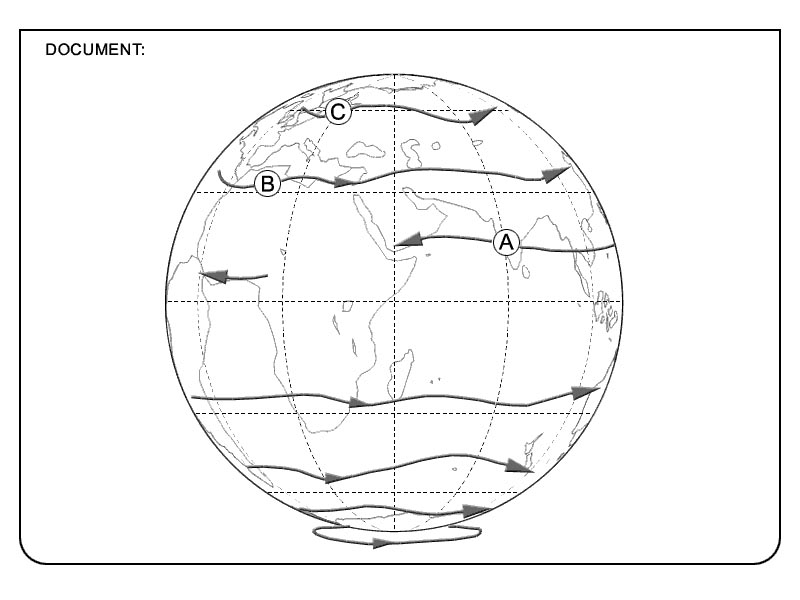 108 to 117.95 mhz.
108 to 117.95 mhz. Which of the following is an ils localiser frequency ?
Question 180-2 : 109 15 mhz 108 25 mhz 110 20 mhz 112 10 mhz
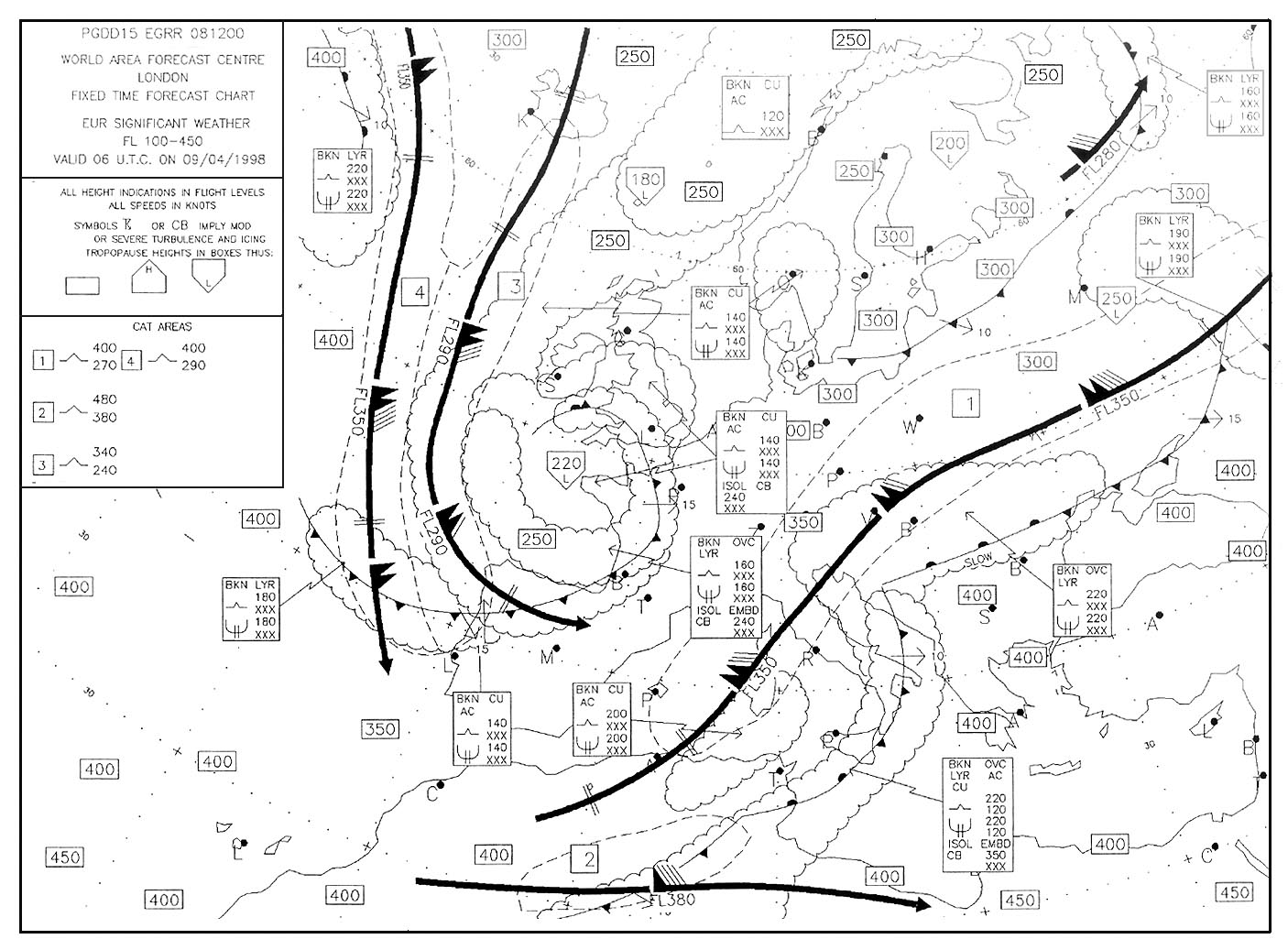 109.15 mhz.
109.15 mhz. What airborne equipment if any is required to be fitted in order that a vdf let ?
Question 180-3 : Vhf radio vor none vor/dme
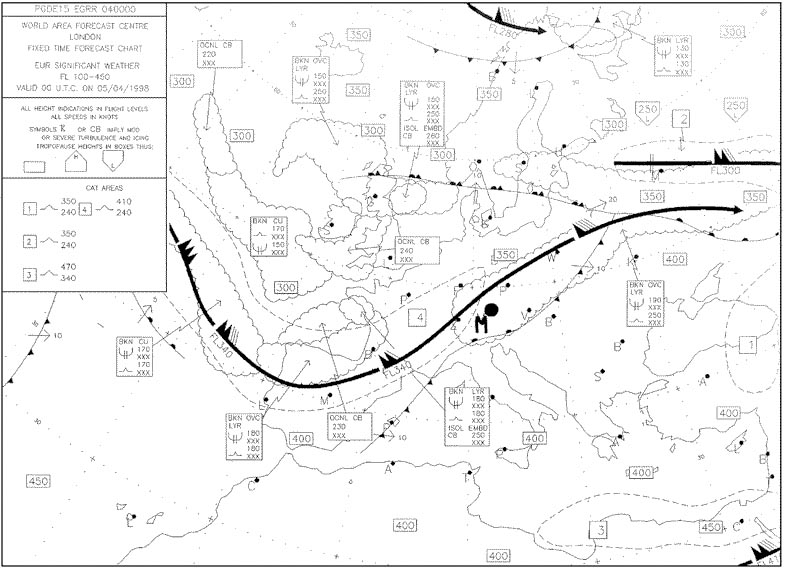 Vhf radio.
Vhf radio. Which of the following is an advantage of ground/df vdf let down ?
Question 180-4 : It only requires a vhf radio to be fitted to the aircraft it is pilot interpreted and does not require the assistance of atc it does not require any special equipment to be fitted to the aircraft it does not require any special equipment apart from a vhf radio to be installed in the aircraft or on the ground
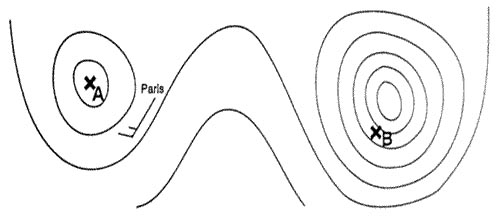 It only requires a vhf radio to be fitted to the aircraft.
It only requires a vhf radio to be fitted to the aircraft. In which frequency band does the microwave landing system mls operate ?
Question 180-5 : Shf ehf vhf uhf
 Shf.
Shf. Given .vor station position n61° e025° variation 13°e.estimated position of ?
Question 180-6 : 167° 347° 160° 193°
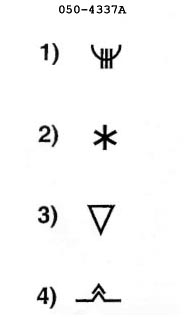 167°.
167°. Which one of the following correctly lists the major ground based components of ?
Question 180-7 : Separate azimuth and elevation transmitters dme facility separate azimuth and elevation transmitters outer and middle marker beacons combined azimuth and elevation transmitter dme facility combined azimuth and elevation transmitter outer and inner marker beacons
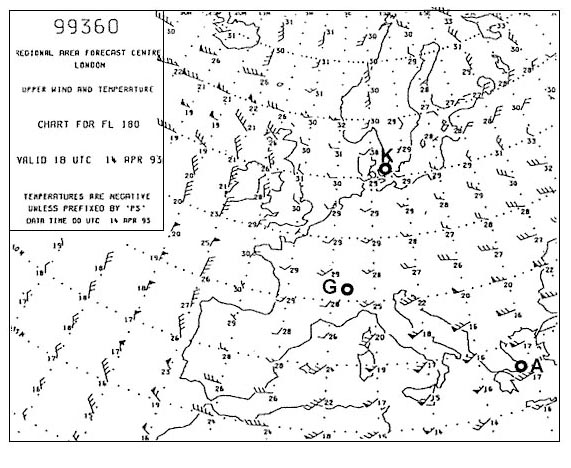 Separate azimuth and elevation transmitters, dme facility.
Separate azimuth and elevation transmitters, dme facility. The captain of an aircraft flying at fl100 wishes to obtain weather information ?
Question 180-8 : 123 nm 1230 km 123 km 12 3 nm
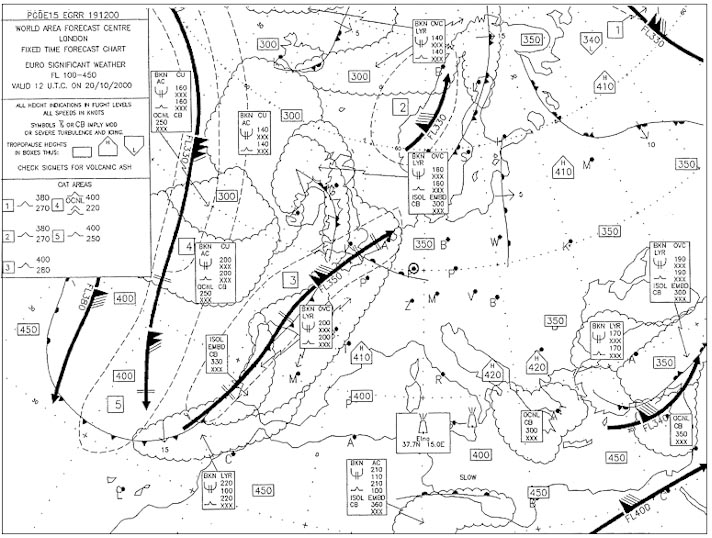 123 nm.
123 nm. The bfo selector on an adf receiver is used to ?
Question 180-9 : Hear the ident of some ndb stations radiating a continuous wave signal stop loop rotation hear the ident and must always be switched on find the loop 'null' position
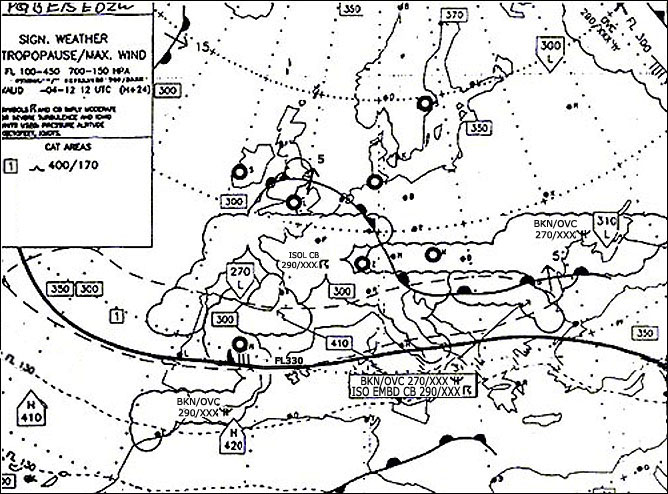 Hear the ident of some ndb stations radiating a continuous wave signal.
Hear the ident of some ndb stations radiating a continuous wave signal. An ndb transmits a signal pattern in the horizontal plane which is ?
Question 180-10 : Omnidirectional bi lobal circular a cardioid balanced at 30 hz a beam rotating at 30 hz
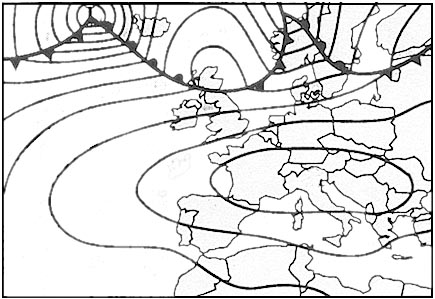 Omnidirectional.
Omnidirectional. Dme channels utilise frequencies of approximately ?
Question 180-11 : 1000 mhz 10 mhz 100 mhz 100 ghz
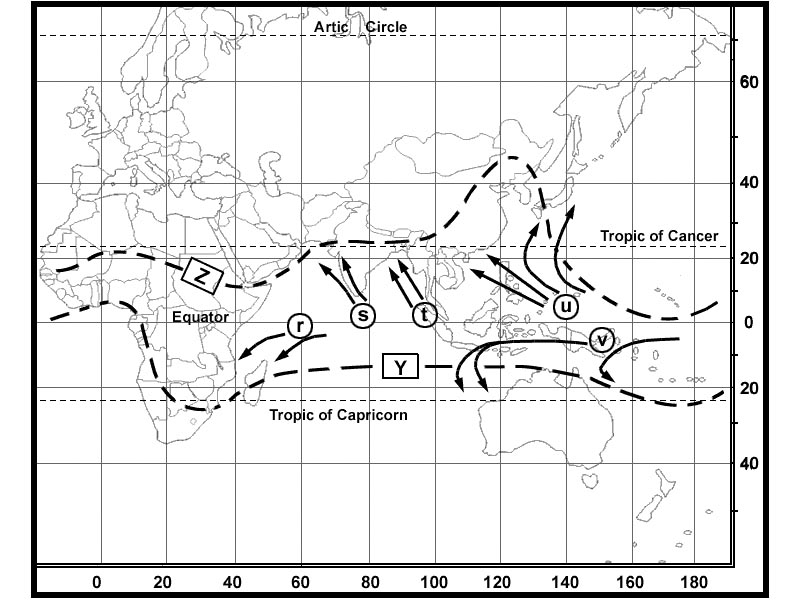 1000 mhz.
1000 mhz. A vor and dme are co located you want to identify the dme by listening to the ?
Question 180-12 : Dme callsign is the one with the higher pitch that was broadcast only once dme callsign was not transmitted the distance information is sufficient proof of correct operation dme callsign is the one with the lower pitch that was broadcast several times vor and dme callsigns were the same and broadcast with the same pitch
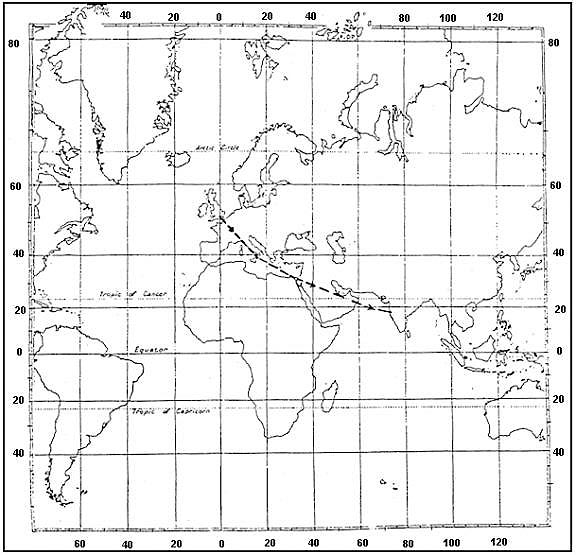 Dme callsign is the one with the higher pitch that was broadcast only once.
Dme callsign is the one with the higher pitch that was broadcast only once. Given .aircraft heading 160° m aircraft is on radial 240° from a vor ?
Question 180-13 : Behind the aeroplane symbol with the from flag showing behind the aeroplane symbol with the to flag showing ahead of the aeroplane symbol with the from flag showing ahead of the aeroplane symbol with the to flag showing
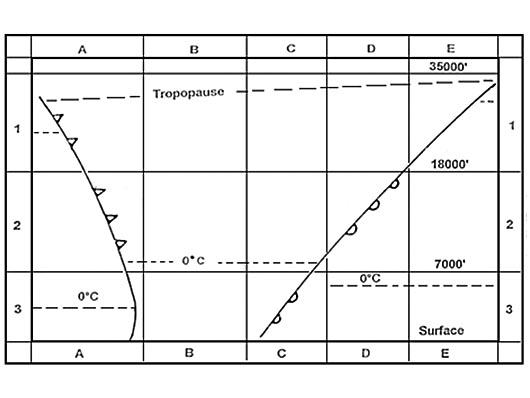 Behind the aeroplane symbol with the from flag showing.
Behind the aeroplane symbol with the from flag showing. In a primary radar using pulse technique the ability to discriminate between ?
Question 180-14 : Beam width aerial rotation rate pulse recurrence rate prr pulse length
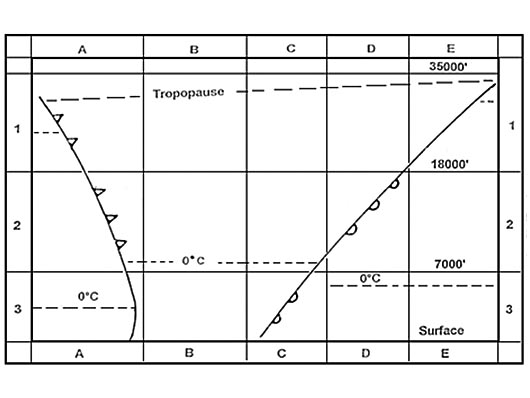 Beam width.
Beam width. Distance measuring equipment dme operates in the ?
Question 180-15 : Uhf band and uses two frequencies vhf band and uses the principle of phase comparison uhf band and uses one frequency shf band and uses frequency modulation techniques
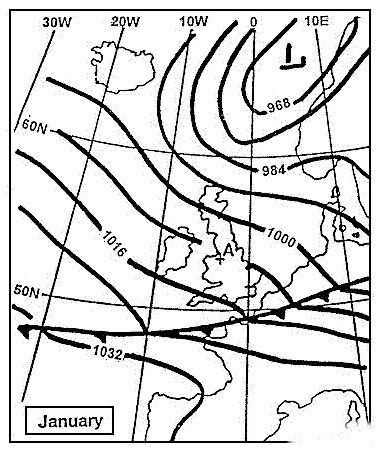 Uhf band and uses two frequencies.
Uhf band and uses two frequencies. A vor and a ndb are co located you cross the vor radial of 240° on a heading ?
Question 180-16 : 060° 240° 300° 120°
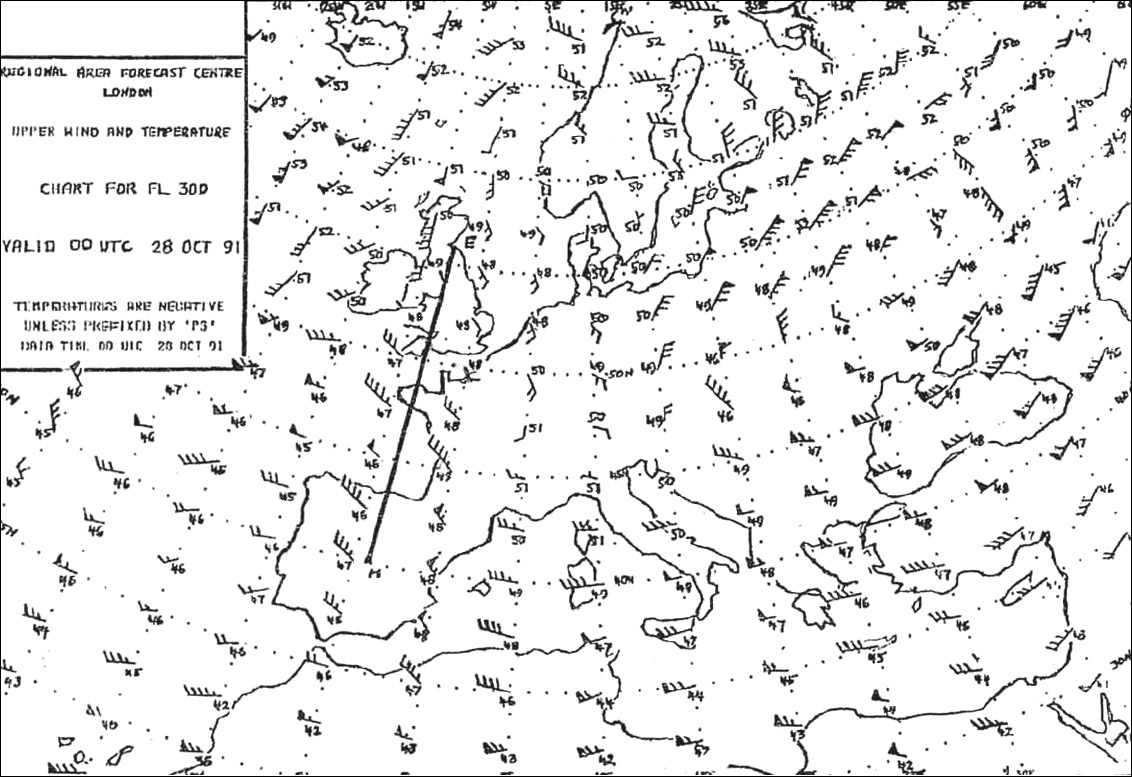 060°.
060°. An adf provides the aircraft with bearing information with respect to a ground ?
Question 180-17 : Omnidirectional frequency modulated at 30 hertz a beam rotating at 30 hertz unidirectional
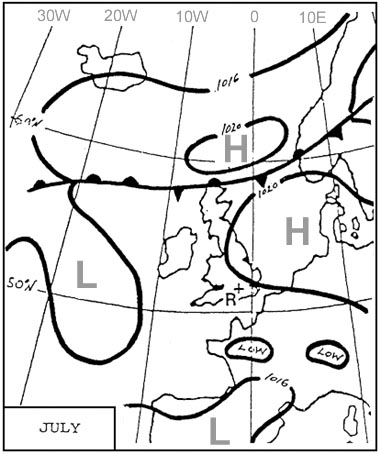 Omnidirectional.
Omnidirectional. An aircraft at fl300 with a groundspeed of 300 kt is about pass overhead a dme ?
Question 180-18 : Less than 300 kt and 7 nm 300 kt and 7 nm less than 300 kt and 5 nm 300 kt and 5 nm
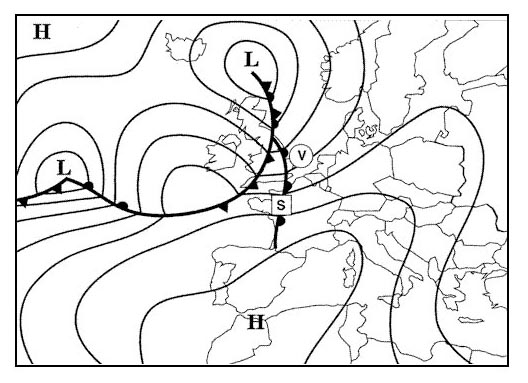 Less than 300 kt and 7 nm.
Less than 300 kt and 7 nm. A pilot flying an aircraft at fl 80 tunes in a vor which has an elevation of ?
Question 180-19 : 151 nm 180 nm 100 nm 120 nm
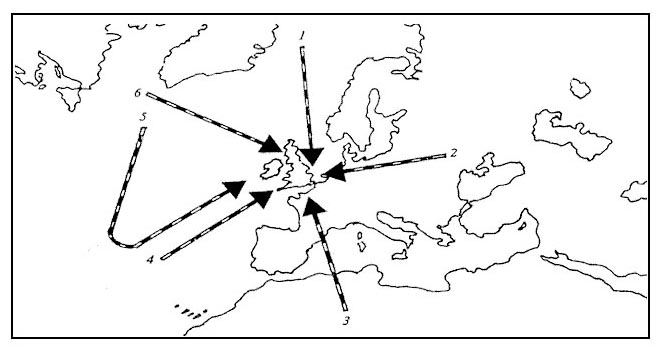 151 nm.
151 nm. An aircraft is on the 120° radial from a vor station .course 340° is selected ?
Question 180-20 : Behind right left in front
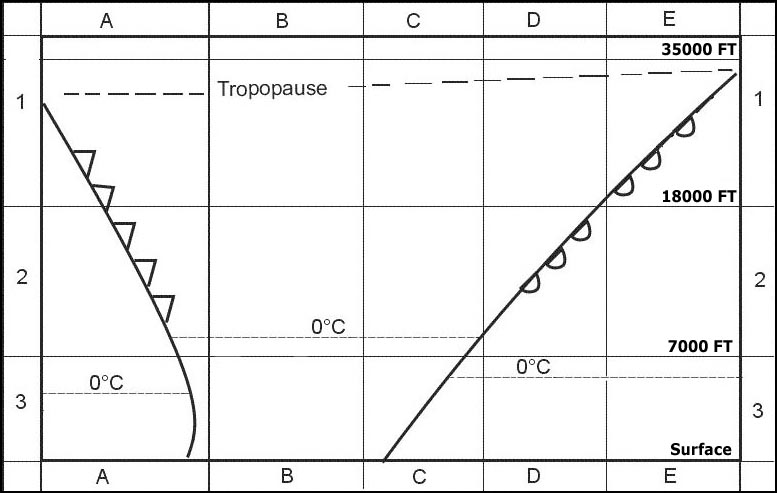 Behind.
Behind. An aircraft is situated at 30°n 005°e with a magnetic variation of 10°w .a ?
Question 180-21 : 287° 102° 282° 258°
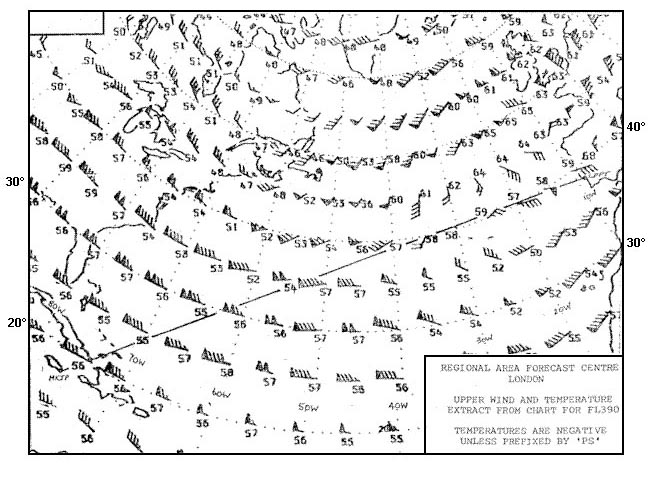 287°.
287°. An aircraft passes overhead a dme station at 12000 feet above the station .at ?
Question 180-22 : Approximately 2 nm 0 nm flag/off the aircraft is within the cone of silence fluctuating and not significant
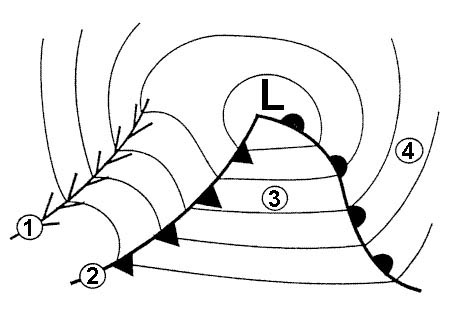 Approximately 2 nm.
Approximately 2 nm. An aircraft at fl 410 is passing overhead a dme station at mean sea level the ?
Question 180-23 : 6 8 nm 6 8 km 6 1 nm 6 1 km
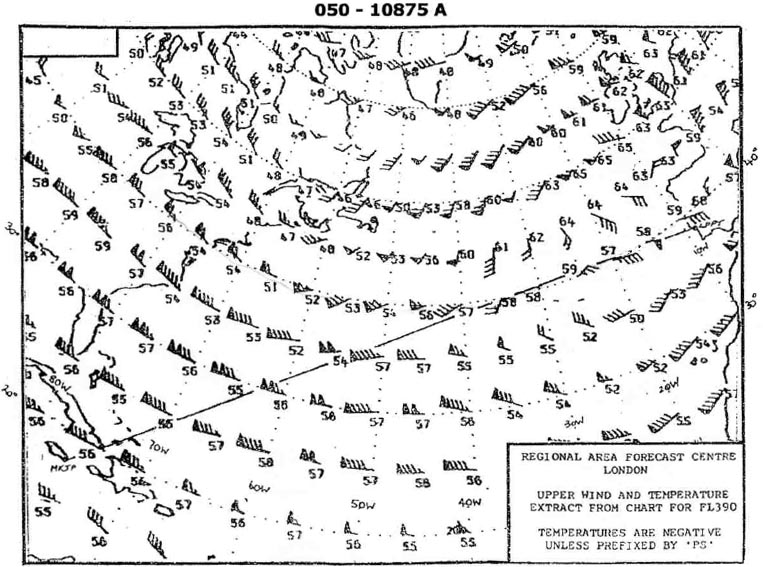 6.8 nm.
6.8 nm. On the qdr of 075° in the vicinity of the station with a magnetic heading of ?
Question 180-24 : 320° 220° 140° 040°
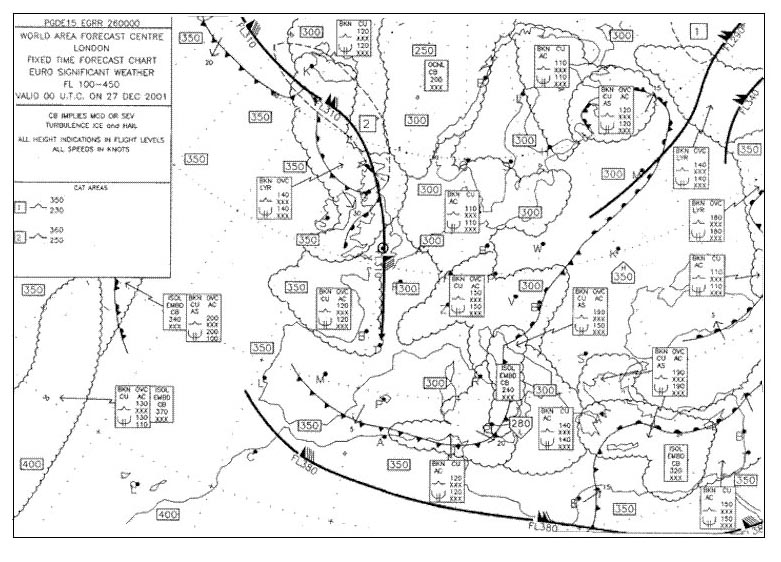 320°.
320°. The bfo selector switch on the adf control panel must be in the 'on' position ?
Question 180-25 : Hear the ident of ndbs using non a1a transmissions adjust the loop to the aural null position stop the loop rotation hear the ident of ndbs using non a2a transmissions
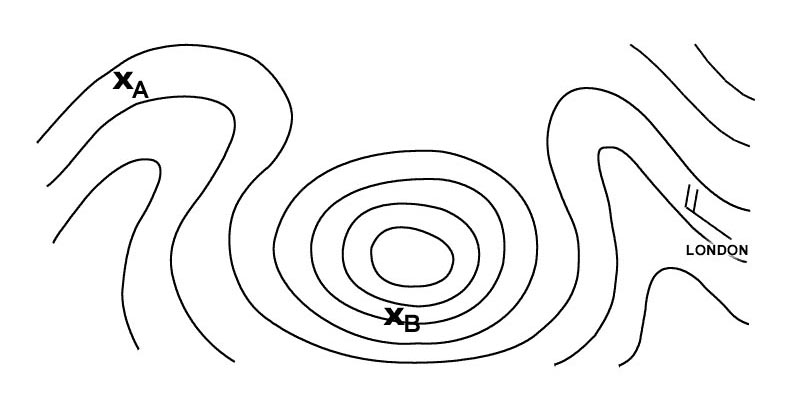 Hear the ident of ndbs using non a1a transmissions.
Hear the ident of ndbs using non a1a transmissions. The obs is set on 048° to appears in the window .the needle is close to full ?
Question 180-26 : 238° 058° 038° 218°
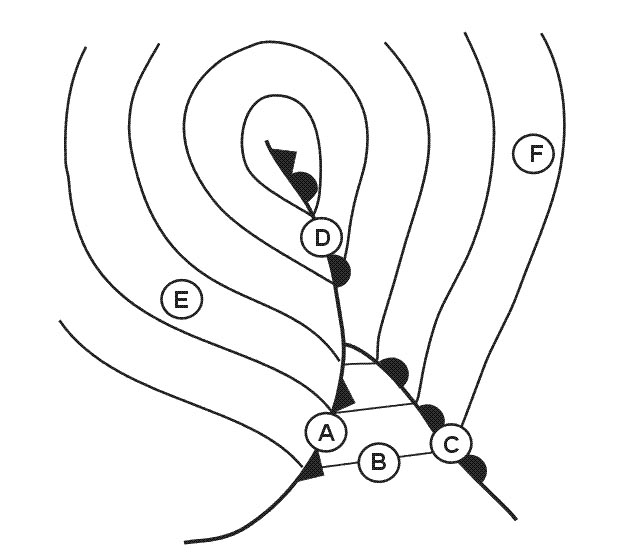 238°.
238°. The obs is set to 235° .the indications of the vor are half scale deflection ?
Question 180-27 : 050° 230° 060° 240°
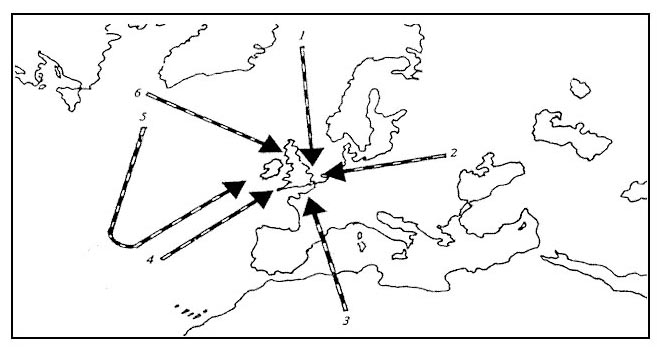 050°.
050°. The operating principle of a dme is the measurement of the ?
Question 180-28 : Time between the transmission and reception of radio pulses frequency change between the emitted wave and reflected wave frequency of the reflected wave phase difference between emitted wave and reflected wave
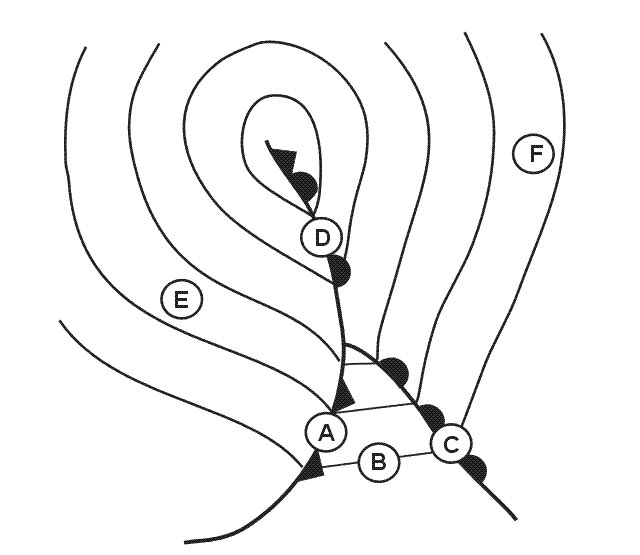 Time between the transmission and reception of radio pulses.
Time between the transmission and reception of radio pulses. When flying at 6000 feet above ground level the dme indicates 5 nm .what is the ?
Question 180-29 : 4 9 nm 5 2 nm 4 6 nm 4 3 nm
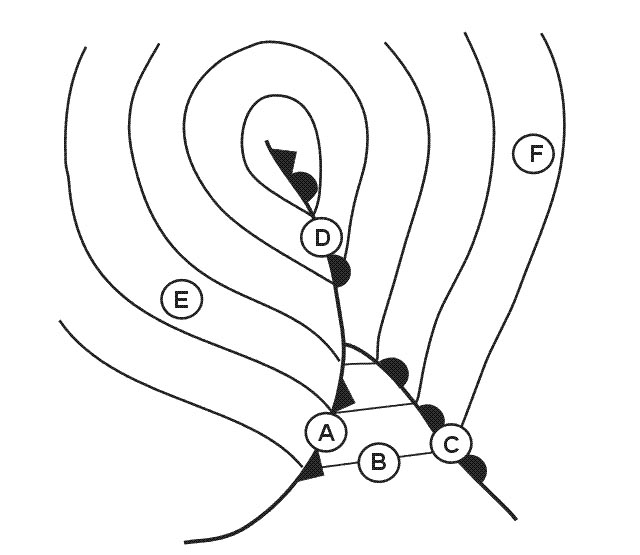 4.9 nm.
4.9 nm. You are on a magnetic heading of 055° and your adf indicates a relative ?
Question 180-30 : 020° 200° 055° 235°
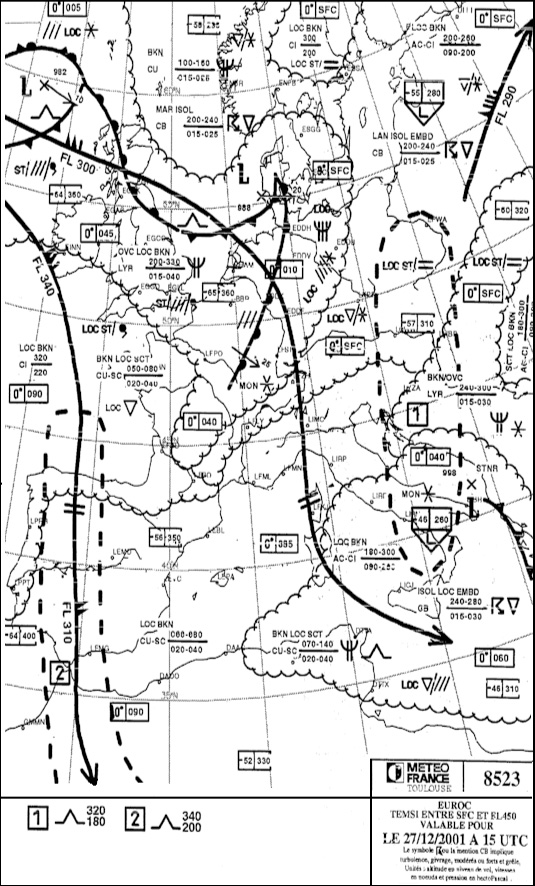 020°.
020°. Your aircraft is heading 075°m the obi is set to 025° .the vor indications ?
Question 180-31 : 205° and 295° 295° and 025° 025° and 115° 115° and 205°
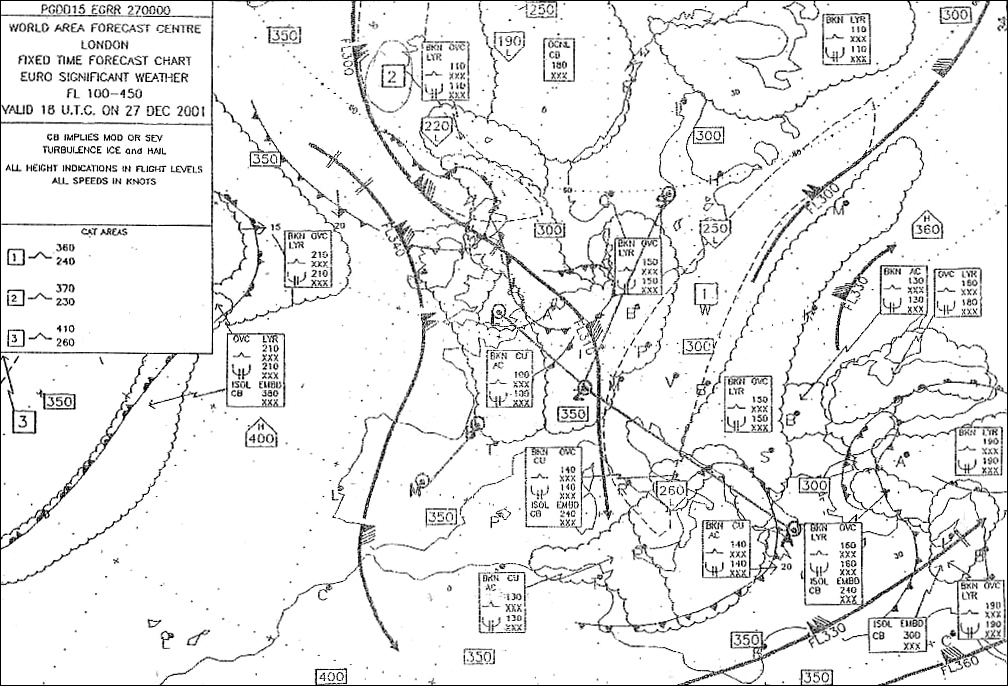 205° and 295°.
205° and 295°. Which of the following affects vdf range ?
Question 180-32 : The height of the transmitter and of the receiver coastal refraction sky wave propagation strength of the pilot's voice when transmitting
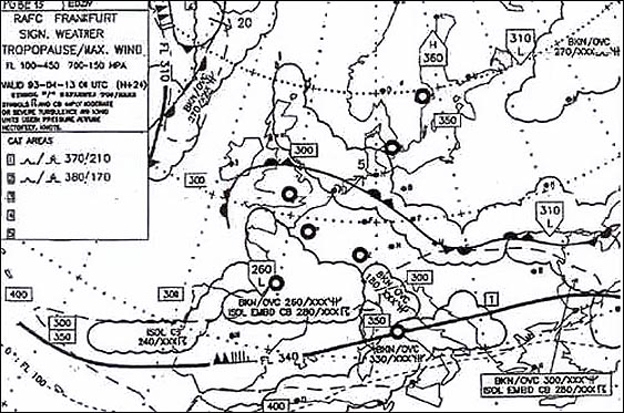 The height of the transmitter and of the receiver.
The height of the transmitter and of the receiver. Which of the following errors is associated with the use of vor ?
Question 180-33 : Scalloping coastal refraction quadrantal error night effect
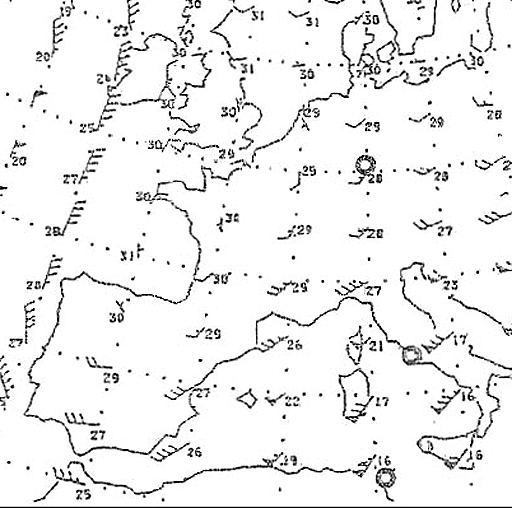 Scalloping.
Scalloping. What is the audio frequency of the inner marker ?
Question 180-34 : 3000 hz 1300 hz 400 hz 75 mhz
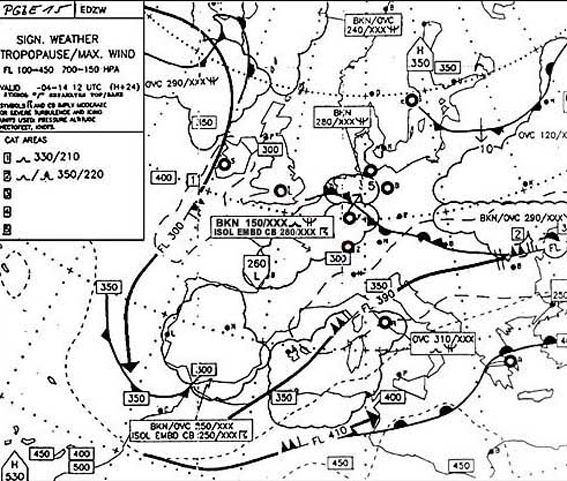 3000 hz.
3000 hz. What is the 'q' code for a magnetic bearing from a vdf station ?
Question 180-35 : 'request qdr' 'request qnh' 'request qte' 'request qdm'
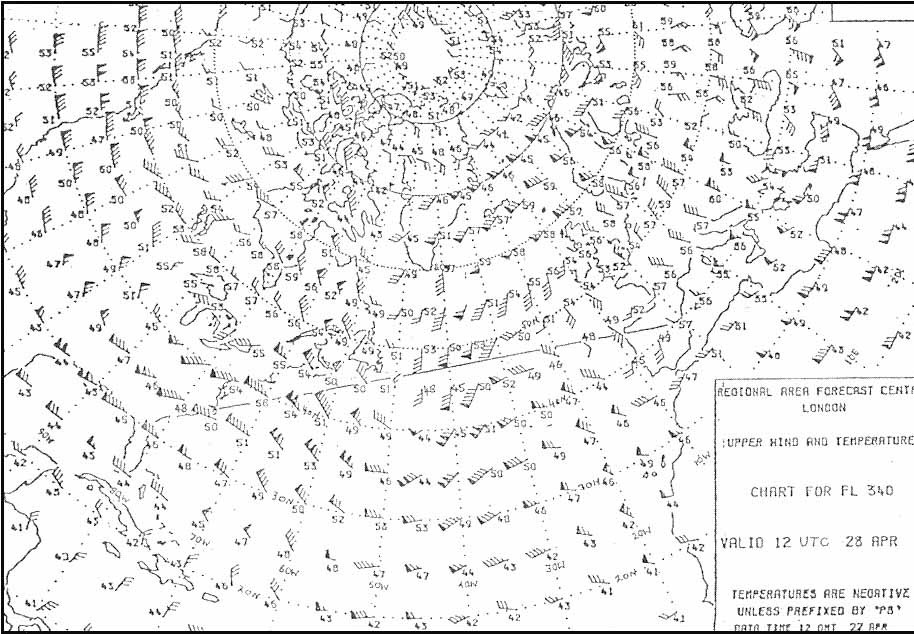 'request qdr'.
'request qdr'. What is measured in order to establish aircraft position in relation to the ?
Question 180-36 : The difference in depth between the 90hz modulation and the 150hz modulation the difference in phase between the 90hz modulation and the 150hz modulation the bearing to the localizer antenna found by means of a loop antenna the difference in time between the 90hz modulation and the 150hz modulation
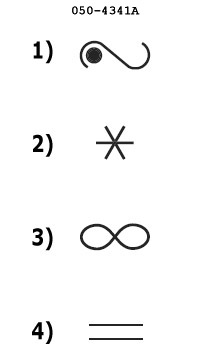 The difference in depth between the 90hz modulation and the 150hz modulation.
The difference in depth between the 90hz modulation and the 150hz modulation. What are the modulation frequencies of the two overlapping lobes that are used ?
Question 180-37 : 90 hz and 150 hz 75 khz and 135 khz 328 mhz and 335 mhz 63 mhz and 123 mhz
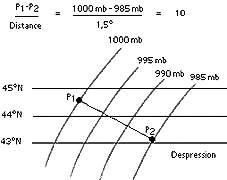 90 hz and 150 hz.
90 hz and 150 hz. Which of the following correctly describes the instrument landing system ils ?
Question 180-38 : Two overlapping lobes on the same vhf carrier frequency two overlapping lobes on the same uhf carrier frequency a pencil beam comprising a series of smaller beams each carrying a different modulation two overlapping lobes on different radio carrier frequencies but with the same modulation
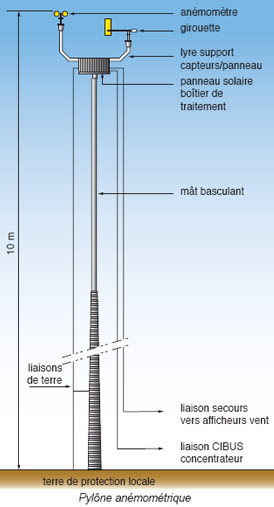 Two overlapping lobes on the same vhf carrier frequency.
Two overlapping lobes on the same vhf carrier frequency. Which one is the most correct statement regarding the range of the dme system ?
Question 180-39 : Range within 'line of sight' and maximum 200 nm operates on vhf operates on the principle of phase comparison has unlimited range due to ground wave propagation
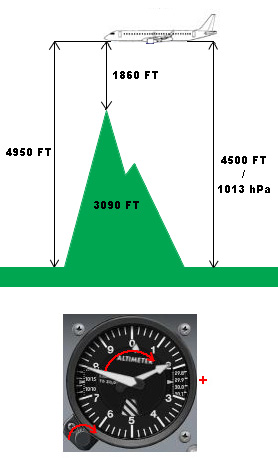 Range within 'line of sight', and maximum 200 nm.
Range within 'line of sight', and maximum 200 nm. You are on a compass heading of 090° on the 255 radial from a vor .you set the ?
Question 180-40 : Full scale deflection left with a 'from' indication full scale deflection right with a 'from' indication full scale deflection left with a 'to' indication full scale deflection right with a 'to' indication
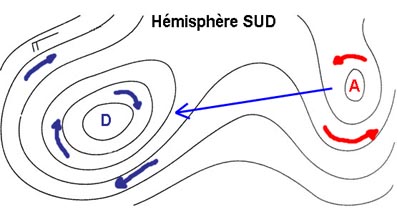 Full scale deflection left with a 'from' indication.
Full scale deflection left with a 'from' indication. ~
Exclusive rights reserved. Reproduction prohibited under penalty of prosecution.
7159 Free Training Exam
